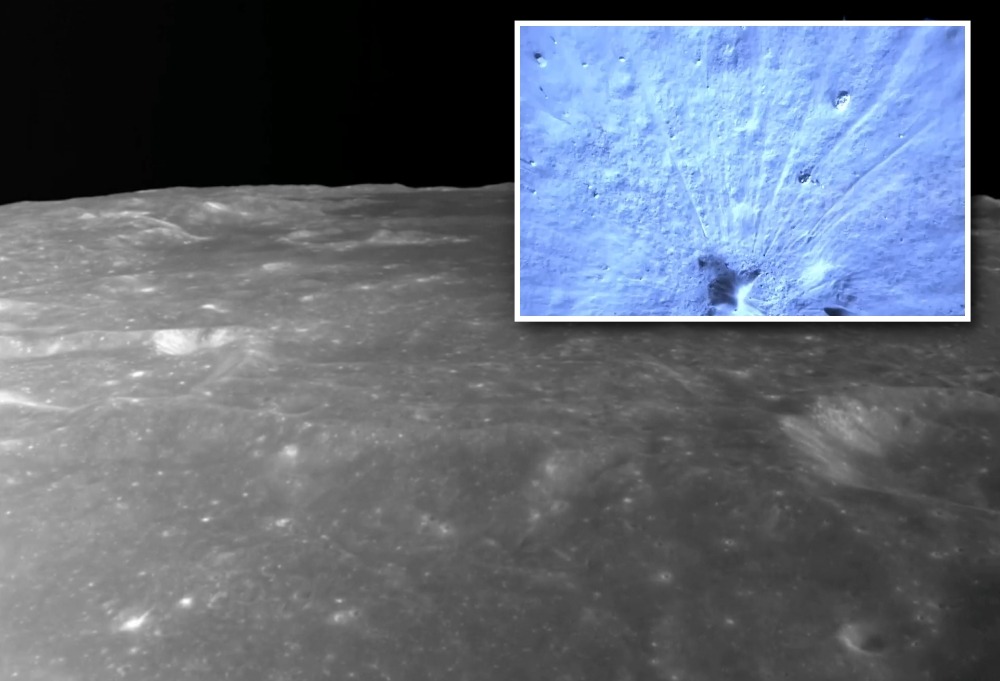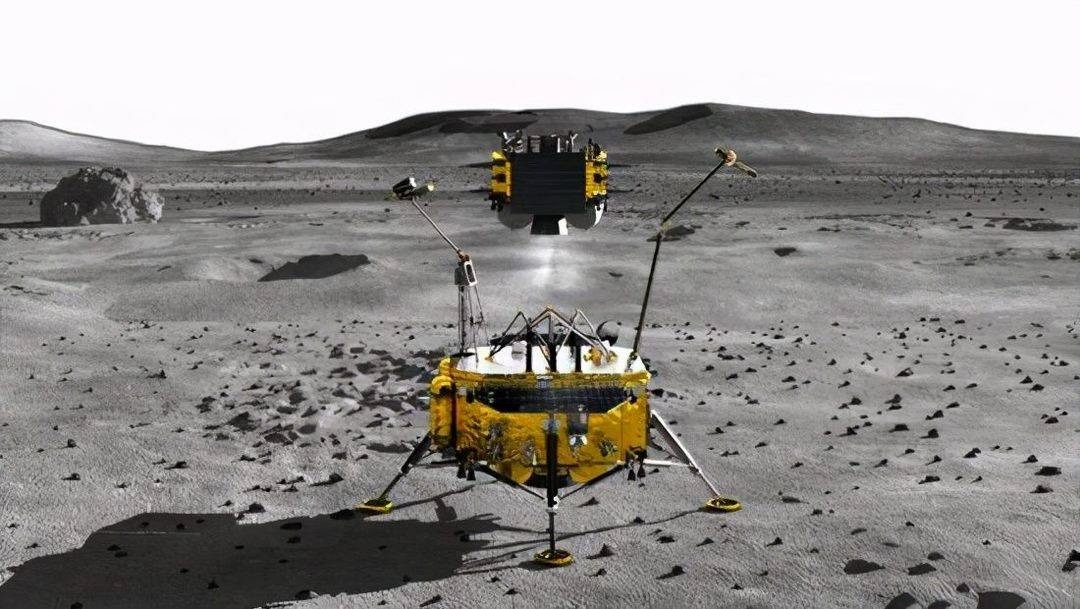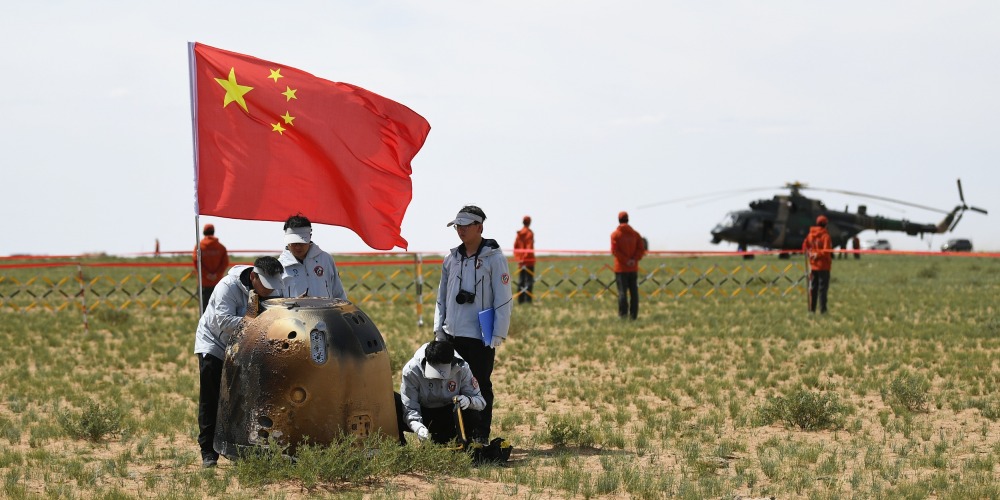Published : 2024-06-03
Chang'e-6 has accurately landed on the far side of the moon, initiating mankind's first sample collection mission there. It is expected to return to Earth with the samples on June 25.
Autonomously choosing an optimal landing point

Chang'e-6 was launched on May 3, embarking on its moon mission.
After going through key actions such as Earth-moon transfer, near-moon braking, and orbital flight, its lander-ascender combination landed in the pre-selected landing area of the South Pole–Aitken basin on the far side of the moon at 6:23 am on June 2, following about a 15-minute descent.
China Central Television (CCTV) News released a short video about the landing situation of Chang'e-6.
It was stated that the lander-ascender combination was equipped with many sensors.
During the process, it autonomously estimates the slope of the lunar surface, as well as the distribution of pits and rocks, using methods such as optical and microwave imaging, in order to select the optimal landing site.
It recognises the relative position and velocity of the probe with respect to the moon through the sensors, and then use engines to control the probe's attitude and decelerate, ultimately landing on the target site.
Expected to work on the moon for 2 days

It is reported that the lander-ascender combination of Chang'e-6 first deploys solar wings and directional antennas, and conducts status checks.
It then begins approximately two days of sampling work on the far side of the moon, collecting lunar samples through both drilling and surface collection methods, with a target of 2 kilograms.
Afterwards, the ascender is set to launch from the lunar surface with the samples on June 4.
It will then rendezvous with the orbiter, and the samples will be transferred from the ascender to the returner connected to the orbiter.
Then the orbiter will fly back to Earth carrying the returner, expected to land in Siziwang Banner, Inner Mongolia on June 25.
Read more: HKU may unravel the mystery of the moon's two sides?











